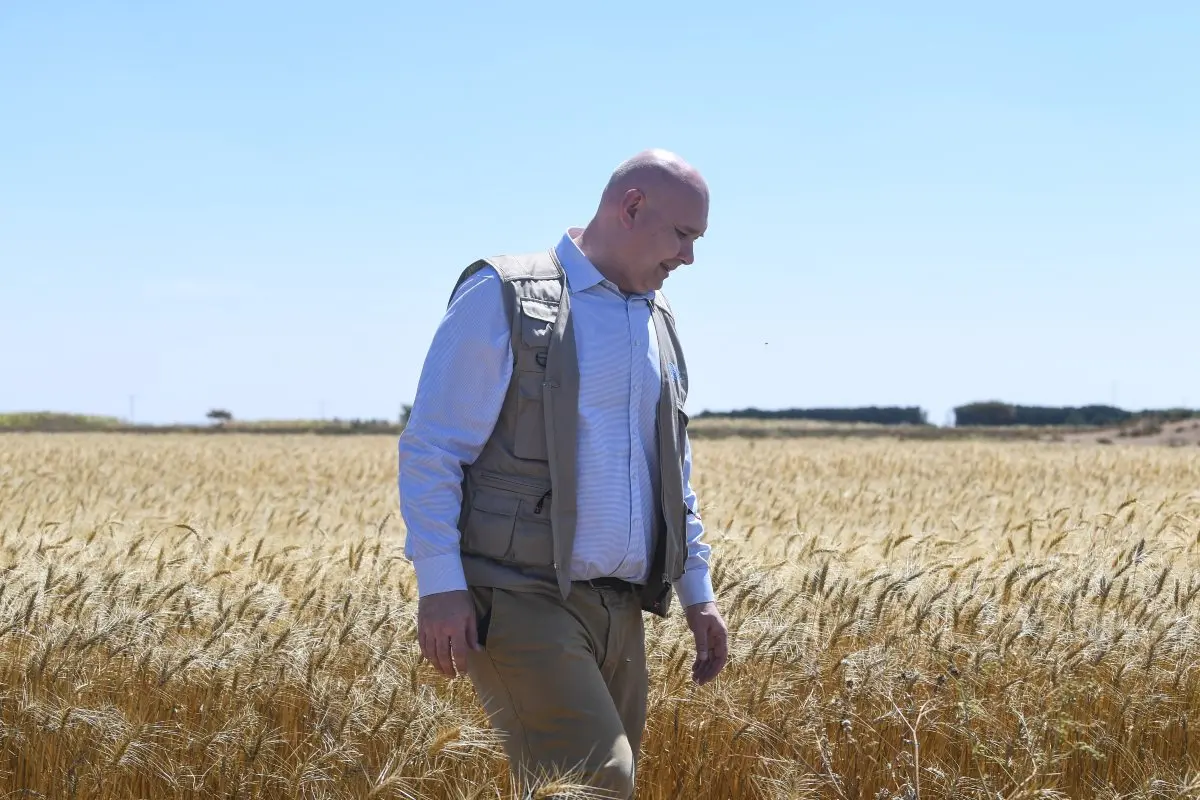
Do you want to access to this and other private contents?
Log in if you are a subscriber or click here to request service
Fao: 70% of those in need of assistance work in agriculture
Nevertheless, only 4% of humanitarian interventions are destined for this sector /Video

Statements by Rein Paulsen, director of the United Nations agency's Office for Emergencies and Resilience.
lml - 30855
EFA News - European Food Agency
◄ Previous page
EFA News - European Food Agency